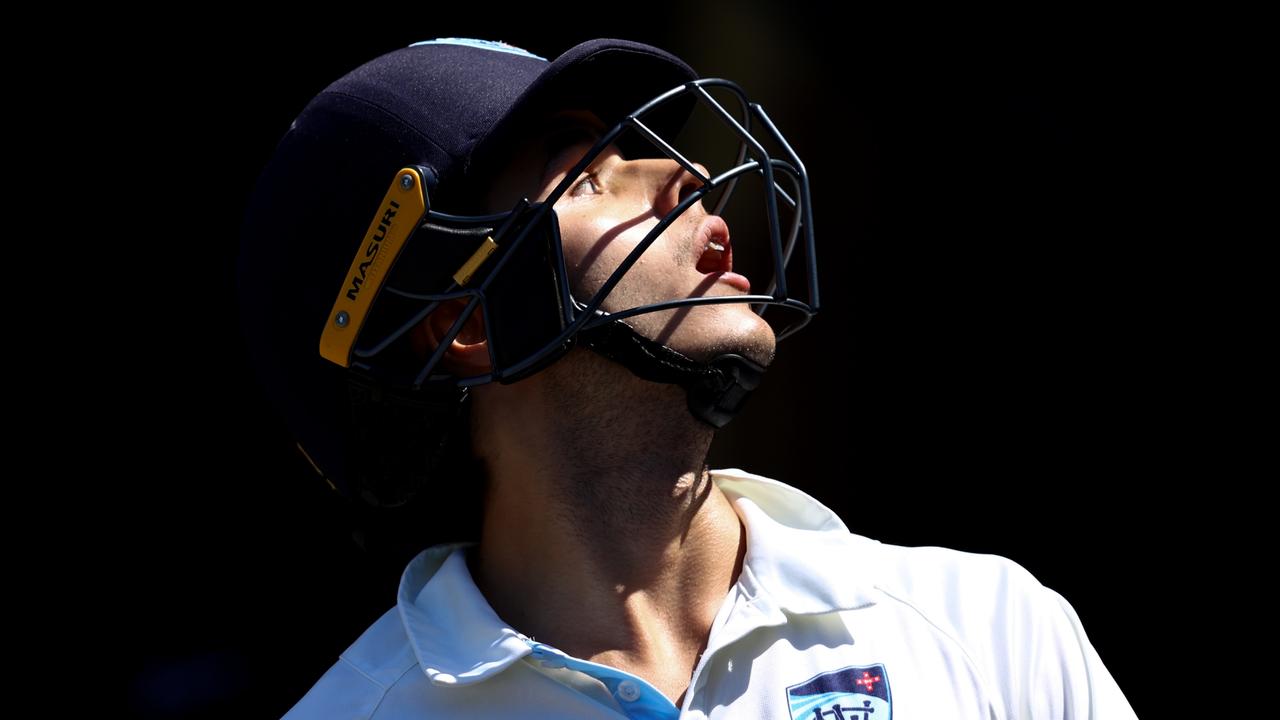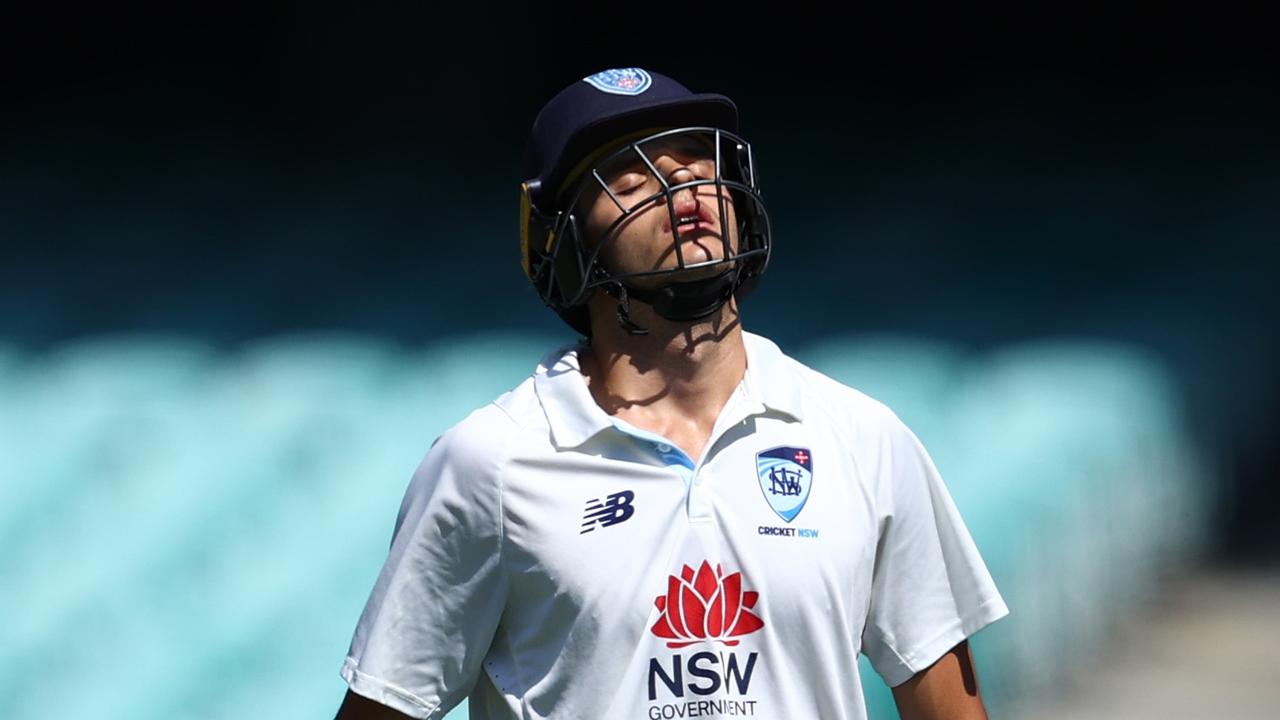Steve Smith still Australia’s leading man but needs WACA win against South Africa to settle nerves
STEVE Smith needs a positive opening to the Test summer to shore up confidence in his leadership, but there’s no reason to doubt him yet, writes Ian Chappell.
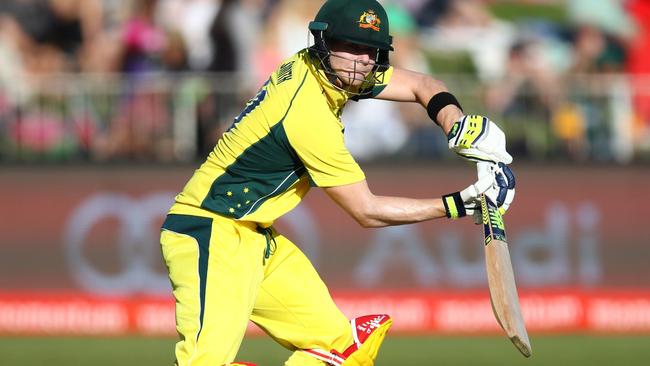
Cricket
Don't miss out on the headlines from Cricket. Followed categories will be added to My News.
IT can take some time to evolve into a really good cricket captain but you don’t become a bad one overnight.
The people suggesting Steve Smith’s time as Australian captain is fast running out should consider that fact.
Smith quickly became regarded as a good captain when he started his reign with a succession of wins and didn’t tarnish his record with any losses. Then suddenly the ship foundered, encountering unseen obstacles in Sri Lanka with a 3-0 Test series loss and taking on water, ironically around the Cape of Good Hope, in losing 5-0 to South Africa in an ODI tournament.
Smith was also a victim of friendly fire when the Cricket Australia boffins decided to rest him during the Sri Lankan ODI series. David Warner then enjoyed immediate success as a fill-in skipper and the tongues started wagging. Smith — working on the never give a sucker an even break theory — would’ve endured that rest period through gritted teeth.
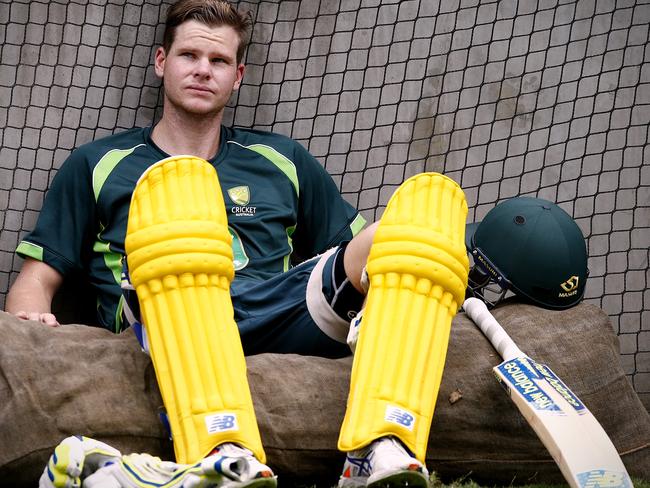
Australia’s losses resulted from some poor performances; mostly involving the batsmen in Sri Lanka and the bowlers in South Africa. There were things Smith could’ve done better; they had Sri Lanka 5-26 on the first morning of a Test and Australia eventually lost badly, so it’s not unnatural he’d reflect on what might have been done differently.
That’s one of the conundrums of cricket captaincy; the only way to improve is by doing the job and learning from your mistakes. A smart captain will sense when things are heading downhill on the field and immediately try to rectify the situation. That is why Test captaincy is more forgiving than limited overs leadership; there’s greater opportunity to rectify a deteriorating situation.
There’s no doubt Smith is facing a challenging period and it’s equally obvious he needs to turn things around quickly. A win at the WACA in the first Test against South Africa would do wonders for his self-confidence and the team’s belief in their captain.
Perception isn’t the biggest weapon in a captain’s armoury but it’s a useful side-arm. This is one aspect of his leadership Smith could change. He has a tendency to display displeasure on the field when things don’t go according to plan.
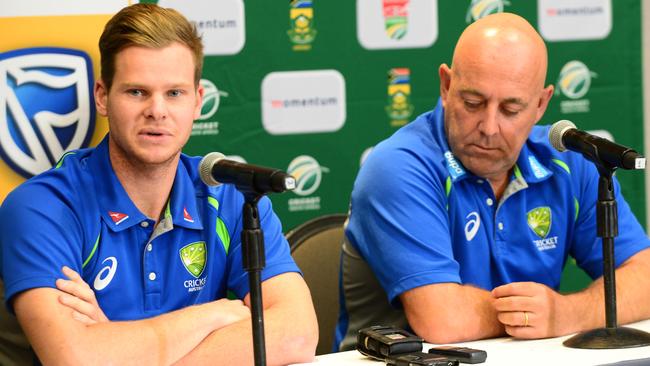
A captain has to even out his emotions; not get too high when things are going well but equally, don’t get down when the tide turns. Players are quick to pick up on a captain’s feelings and their emotions often tend to mirror those of the skipper.
A captain who openly displays his glee can be prematurely suggesting to the team that the job is already done, while one who becomes cranky can be indicating all hope is lost.
As a young cricketer I asked a New South Wales player why he thought Richie Benaud was such a successful captain. He responded by saying even when things were going badly, Benaud would calmly stand in the gully with his arms folded and a thoughtful look on his face. Then, when he suddenly changed the bowling and moved a fielder or two, the NSW players would believe things were about to improve.
Because the players believed in Benaud and he looked like he had the situation under control, success often followed.
Once a team loses faith in its leader and begin to think he’s jinxed, things can spiral out of control quickly. However, a bad period as captain doesn’t have to be terminal, just ask Mark Taylor. He scored a pair and endured a one-wicket loss in his first Test as skipper but prospered to become one of Australia’s very best captains.
Part of being a successful captain is gauging the opposition’s mood and a good start is to observe the body language of their skipper. A captain who openly displays his emotions is at risk of offering a wily opponent too much information.
Where Benaud gave his opponents nothing, Kim Hughes would divulge plenty when he started to fiddle with the blonde curls protruding from the back of his baggy green cap.
Australian captains — because they’re chosen for their playing skill in addition to their leadership qualities — generally enjoy team solidarity. This is an asset some other countries don’t possess, with three or four of their players believing they could do a better job than the appointed skipper.
Smith hasn’t lost his team’s confidence and despite the drubbing in Sri Lanka, he still performed at a reasonable level.
Rating good and bad captains solely on wins and losses isn’t a basis for sound judgment.
However, mounting losses (and a further setback at the WACA) could lead to nervous selectors and an angry public; not a good atmosphere for producing clear thinking captaincy.
Originally published as Steve Smith still Australia’s leading man but needs WACA win against South Africa to settle nerves

